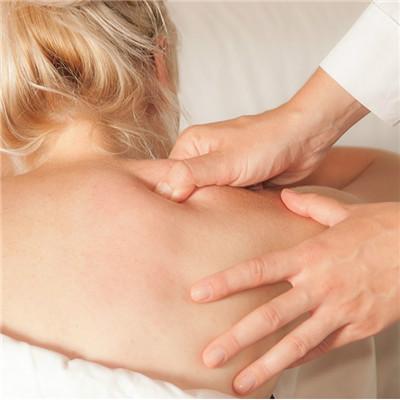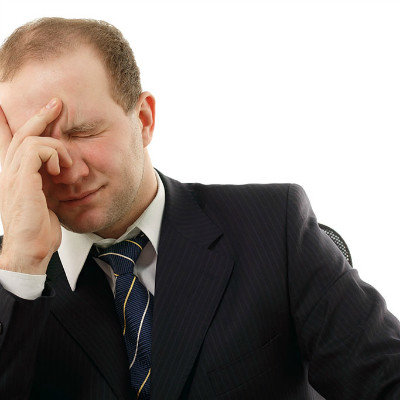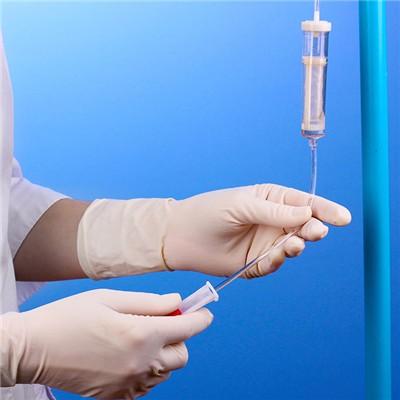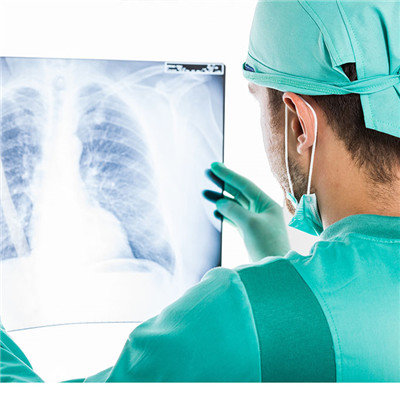What are the main symptoms of anal fissure?
summary
Patients with anal fissure usually have constipation. When defecating, the dry feces pass through the anus, which will produce a knife like pain. But anal pain is not necessarily suffering from anal fissure, just as constipation will also produce defecation pain, other diseases such as hemorrhoids patients will also have pain. Many patients can not distinguish hemorrhoids and anal fissure, and even many patients take hemorrhoids medicine to treat anal fissure, which delays the treatment, and leads to more serious anorectal diseases, increasing the difficulty of later treatment. What are the main symptoms of anal fissure? I'd like to share my views with you.
What are the main symptoms of anal fissure?
Anal pain: anal pain is the most obvious symptom of patients with anal fissure. As the excrement passes through the split anus during defecation, it will produce a sharp pain like a knife cut, so many patients are afraid to defecate, which will make the constipation more serious, the excrement is dry, and the next defecation will further aggravate the anal pain.
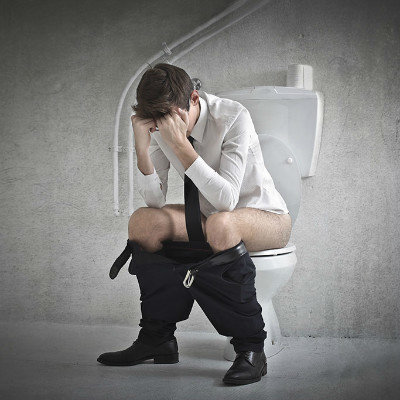
Anal bleeding: anal fissure patients in the hard feces through the abraded anal canal is very easy to damage blood vessels, causing bleeding. This is based on capillaries, so the general amount of bleeding is not much, after the blood drops, you can see the stool with blood or toilet paper with blood drops.
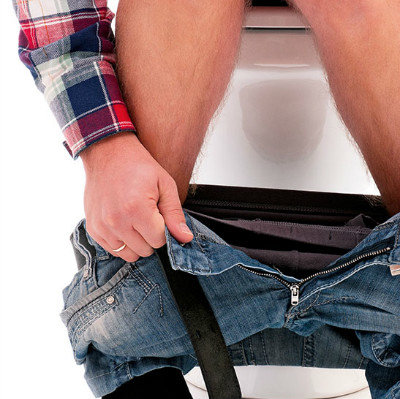
Long term constipation: most patients with anal fissure have the symptoms of long-term constipation, and the two affect each other. Constipation leads to dry stool, which is easy to cause damage and cause anal fissure when passing through the anus. And anal fissure patients due to severe pain will reduce the frequency of defecation, which leads to further aggravate the symptoms of constipation.

matters needing attention
If anal fissure is not treated for a long time or treated improperly, it will lead to ulcer deepening, hyperplastic hypertrophy of internal sphincter, fibrous hyperplasia of lesions and surrounding tissues, cicatricial anal canal narrowing, nipple hypertrophy, sentinel hemorrhoids, and even secondary anal crypt inflammation and internal blind fistula. Timely treatment is the key.


